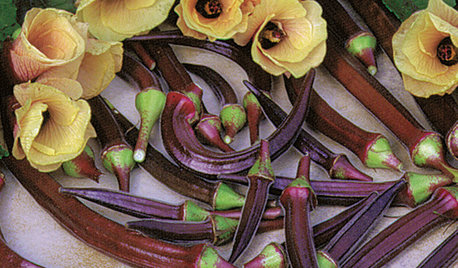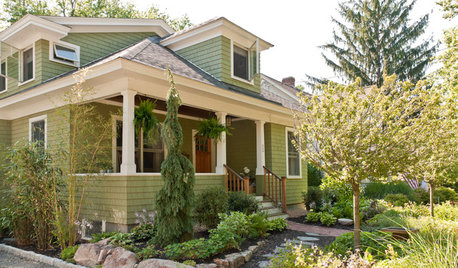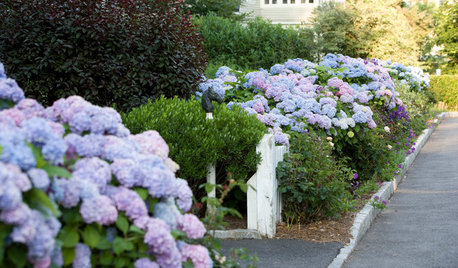peat vs. Botanicare Cocogro for 5-1-1
goldfinchy
11 years ago
Related Stories

GARDENING GUIDESSummer Crops: How to Grow Okra
Go for the gumbo with this quick-growing edible that brings colorful pods and delicate flowers to a summer garden
Full Story
FARM YOUR YARDHow to Grow Vegetables in Containers
Get glorious vegetables and fruits on your patio with a pro’s guidance — including his personal recipe for potting mix
Full Story
SAVING WATERHouzz Call: Are You Letting Go of Your Lawn?
Many facing a drought are swapping turf for less thirsty plantings. If you’re one of them, we’d like to hear about it
Full Story
EDIBLE GARDENSSummer Crop: How to Grow Blueberries
Plant blueberries in spring or fall for garden beauty through three seasons — and a sweet superfood in summer
Full Story
TRADITIONAL ARCHITECTUREHow to Research Your Home's History
Learn what your house looked like in a previous life to make updates that fit — or just for fun
Full Story
FALL GARDENING7 Reasons Not to Clean Up Your Fall Garden
Before you pluck and rake, consider wildlife, the health of your plants and your own right to relax
Full Story
GARDENING GUIDES10 Tips to Start a Garden — Can-Do Ideas for Beginners
Green up your landscape even if you're short on time, money and knowledge, with these manageable steps for first-time gardeners
Full Story
FLOWERSWhy You Should Give Hydrangeas a Place in Your Yard
The exuberant mop-headed beauties evoke dreams of an endless summer by the sea
Full Story
FUN HOUZZDon’t Be a Stickybeak — and Other Home-Related Lingo From Abroad
Need to hire a contractor or buy a certain piece of furniture in the U.K. or Australia? Keep this guide at hand
Full Story
GARDENING GUIDESGardening Solutions for Heavy Clay Soils
What’s a gardener to do with soil that’s easily compacted and has poor drainage? Find out here
Full Story







tapla (mid-Michigan, USDA z5b-6a)
goldfinchyOriginal Author
Related Professionals
Seabrook Landscape Architects & Landscape Designers · Edinburg Landscape Contractors · Kailua Landscape Contractors · Round Lake Landscape Contractors · Forest Park Solar Energy Systems · Atlanta Window Contractors · Berkeley Window Contractors · Chicago Window Contractors · Dayton Window Contractors · Phoenix Fence Contractors · Aliso Viejo Fence Contractors · Branford Fence Contractors · Salt Lake City Fence Contractors · Silver Spring Fence Contractors · Wilmette Fence ContractorsTheMasterGardener1
goldfinchyOriginal Author
tapla (mid-Michigan, USDA z5b-6a)
TheMasterGardener1
TheMasterGardener1
TheMasterGardener1
jodik_gw
TheMasterGardener1
TheMasterGardener1
greentiger87
goldfinchyOriginal Author
goldfinchyOriginal Author
tapla (mid-Michigan, USDA z5b-6a)
goldfinchyOriginal Author
tapla (mid-Michigan, USDA z5b-6a)
goldfinchyOriginal Author
tapla (mid-Michigan, USDA z5b-6a)
greentiger87
goldfinchyOriginal Author